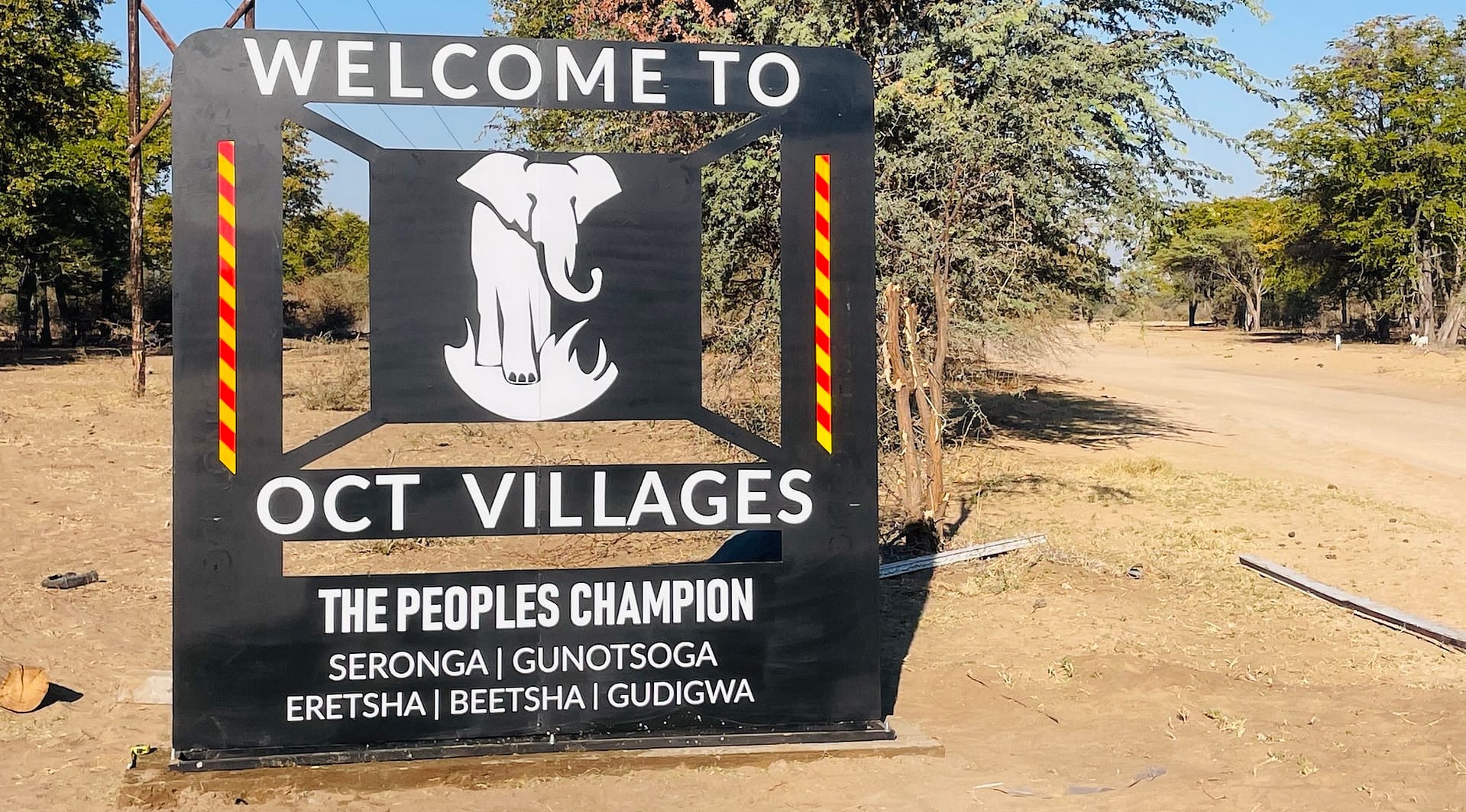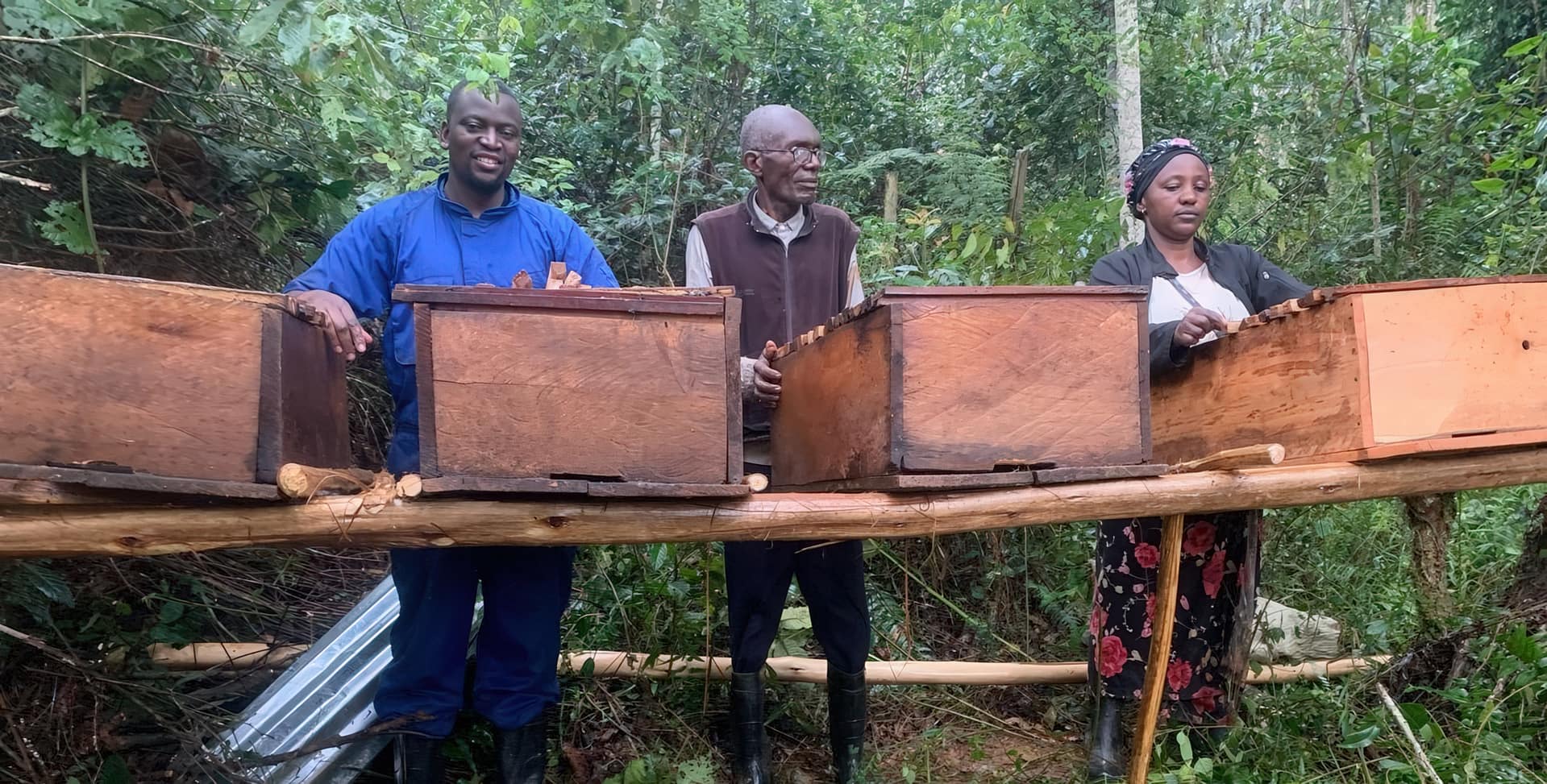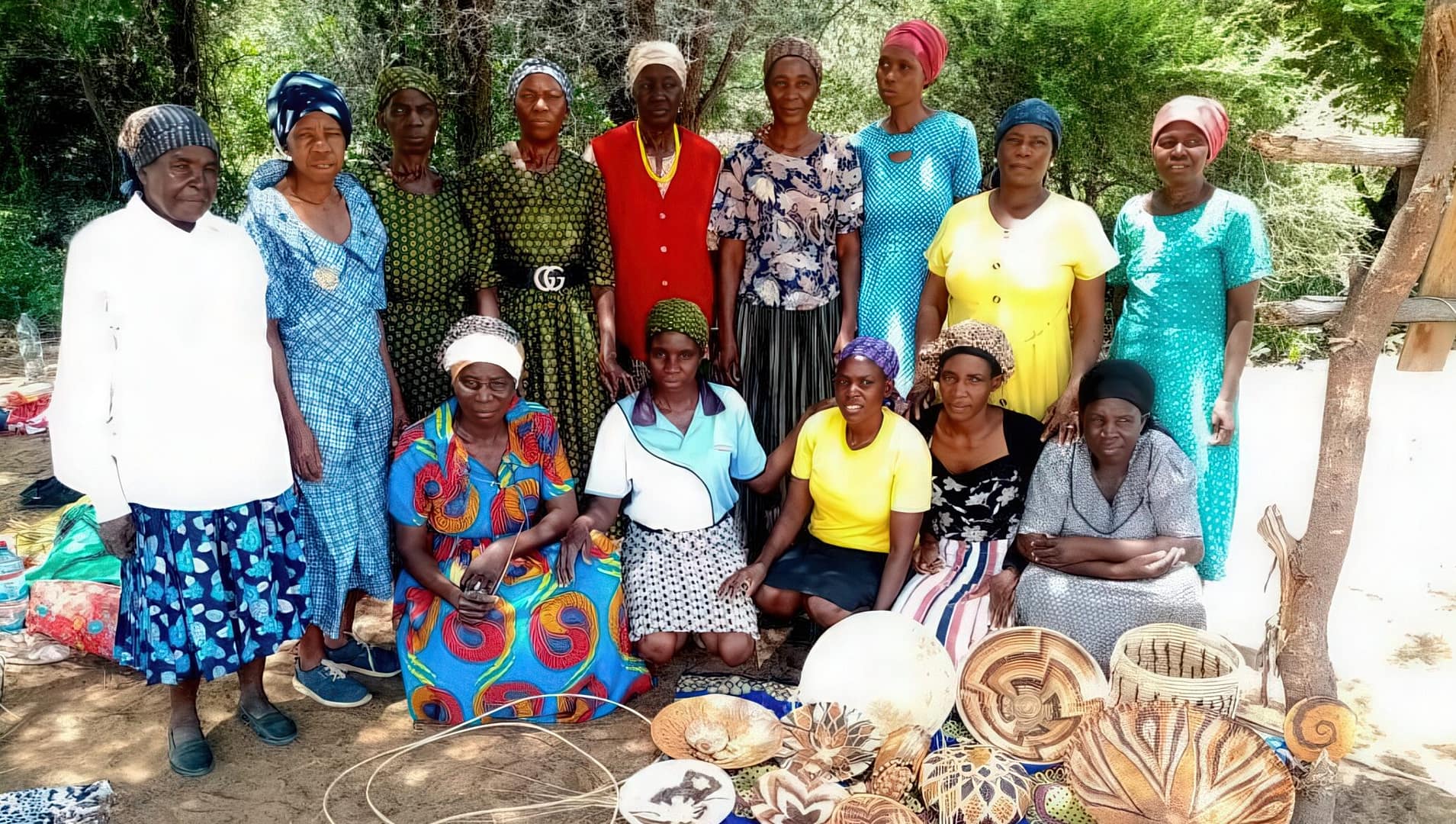
How community conservation works in Botswana’s Okavango Delta
Viewed from space, the world-famous Okavango Delta looks like a large pan attached to a handle – the Okavango River. The ‘pan-handle’ area includes villages along the western and eastern banks of the river – those on the west are located near a tar road that connects Namibia with northern Botswana. Those on the east have a dirt road that connects with the west over one river crossing, which until very recently (a bridge built in 2022) involved crossing the Okavango River using a pontoon.
In the past, the remote location of the villages in the eastern pan-handle created many challenges for their inhabitants. Buying food and other goods, attending the clinic, accessing higher education or even receiving a decent burial all required a 110 km drive on a poorly maintained dirt road followed by an often-dangerous and unreliable river crossing.
What this area lacked in basic services, it made up for in abundance of wildlife. Due to Botswana’s Community-Based Natural Resources Management (CBNRM) programme, people living in prime wildlife areas can benefit from photographic and hunting tourism operations that use these areas.
To capture these benefits, five of the most remote villages in this area – Seronga, Gunotsoga, Ereetsha, Beetsha and Gudigwa – legally registered the Okavango Community Trust (OCT) in 1996. The OCT is managed by a committee of ten Trustees, two from each of the five villages. This legal status grants community trusts the right to benefit from concession areas located near their villages. OCT benefits from concessions labelled NG22 and NG23, which are both in prime tourism areas where guests can enjoy sightings of elephants, large carnivores, antelope and many other popular species.
Private companies that want to establish tourism operations in these concessions must therefore enter joint-venture agreements with OCT, which indicate the respective rights and responsibilities of the partners and give details on how OCT and its members will benefit from their operations. Okavango Wilderness Safaris established three camps in NG22 (Vumbura Plains North and South and Little Vumbura), while Great Plains Conservation operate two camps in NG23 (Duba Plains and Duba Explorer). Together, these agreements generate approximately US$ 750,000 per year for OCT and employ nearly 300 community members.
The way in which OCT has spent its money from wildlife-based tourism shows the benefit of a community-led organisation taking the lead in rural development rather than relying on external decision-makers. Given the remote location of their villages, the committee focused on bringing key services to their people. They worked with Botswana Open University to establish a learning centre for people who want to improve their school marks to gain university entry. These valuable services are provided free of charge to community members.
Besides the free services, OCT has also established businesses that are designed to make a profit, or at least be self-sustaining. They opened General Dealers in Beetsha and Gudigwa, then a Hardware Store in Gunotsoga Village, along with a mortuary in Seronga – the biggest village. Establishing businesses in these remote locations is unappetising to private businesspeople from elsewhere, thus requiring intervention by OCT. Further, each of these stores employs people from their respective villages, thus creating 62 jobs.
Several conservation-related initiatives help improve human-wildlife coexistence and ensure a mutually beneficial relationship between the communities and their environment. Like other community trusts in Botswana, OCT employs five Community Escort Guides stationed within their concession areas to conduct patrols, carry out camp inspections, and monitor wildlife and other environmental factors.
Since conflict with elephants is one of the key concerns for people living amongst thousands of these pachyderms, OCT and its partners have invested in reducing human-elephant conflict. One of their flagship projects co-managed with elephant conservation organisation Ecoexist is the provision of three Elephant Safety Buses (supplied by tourism company Natural Selection). These buses operate within and between the villages, transporting children to and from school and other residents to town and clinics. This service has greatly reduced the number of people walking between villages during the early morning and late evening hours when they are most likely to encounter elephants. The number of lives lost and injuries suffered due to elephants has greatly reduced, which has increased security and peace of mind for many families.
While living in a remote area – surrounded by elephants and other wild animals – results in poverty and constant human-wildlife conflict in many parts of Africa, these villages in northern Botswana have shown that this need not be the case. The number of people employed in tourism and through the many projects run by the OCT means that most of these families have a source of cash income that does not rely solely on subsistence farming. This means that livelihoods are more resilient to drought and climate change, while the costs of living with dangerous wild animals are balanced with many wildlife-related benefits.
OCT continues to consider what other services they can offer to their communities, while identifying further business opportunities to increase their financial sustainability. One of these projects is a hotel near Seronga aimed at lower-budget travellers than those attracted by the high-end luxury camps run by their joint-venture partners. The new bridge over the Okavango River will no doubt open further opportunities for tourism and other business. Overall, OCT is a successful model for community conservation that demonstrates how wildlife and people can mutually benefit from living together.





